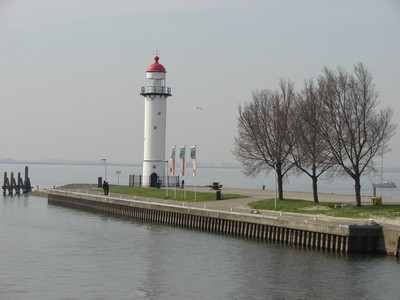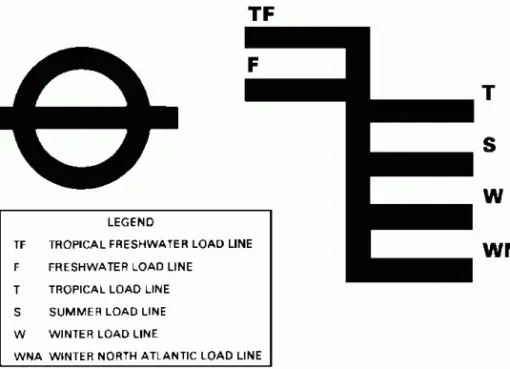The rising and dipping of lights can be used to determine the position of the ship as it normally gives two position lines.
The first position line is the bearing of the light and the second position line is the range as calculated. The range of the lighthouse is generally approximate only and should be used
with extreme caution only.
RANGES OF LIGHTS:
Luminous Range – it is the maximum distance at which a light can be seen under present visibility conditions.
Nominal Range – the nominal range is the distance on the surface of the earth a light can be seen in normal weather (meteorological visibility of up to 10 nautical miles).
Geographical Range – takes into consideration the observer’s height of eye, the surface of the earth, the elevation of the light and is that the maximum distance (theoretical) at that the curvature of the earth permits the light to be seen.
A light is “raised” when it is first sighted by a ship as it approaches the light and it is “dipped” when it is sighted last.
How can we calculate rising and dipping range of light:
The theoretical distance of the sea horizon for a height of h meters is 1.92Öh sea miles, but due to the effect of normal atmospheric refraction is to increase this by 8%. Hence the distance of the sea horizon can be found by the following formulae:
Distance = 2.08Öh sea miles (where h is in meters)
OR
Distance = 1.15Öh sea miles (where h is in feet)
Hence the rising or dipping range of the light can be calculated by the following formula:
Range = 2.08Öh + 2.08ÖH sea miles (where both h and H are in meters)
OR
Range = 1.15Öh + 1.15ÖH sea miles (where both h and H are in feet)
Factors to be taken into account when finding range
- The charted range of lights are normally the luminous range and hence it is important to find the geographical range.
- The ranges of lights are calculated for conditions of normal refraction.
- The range obtained by rising and dipping of lights are approximate only and hence to be used with caution.
- The List of Lights shows the intensity of light when the nominal range is shown and this is referred in the light characteristic column. Not all of them have the intensity written.
- During ice conditions, the windows of the lights may be covered with frost or ice which will greatly reduce the sighting range.
- Using the above formula and various nautical tables, there may be slight differences in the ranges calculated as the nautical tables use slightly different factors.




